Emerald Ash Tree Borer Treatment: Tips On How To Prevent Ash Borer
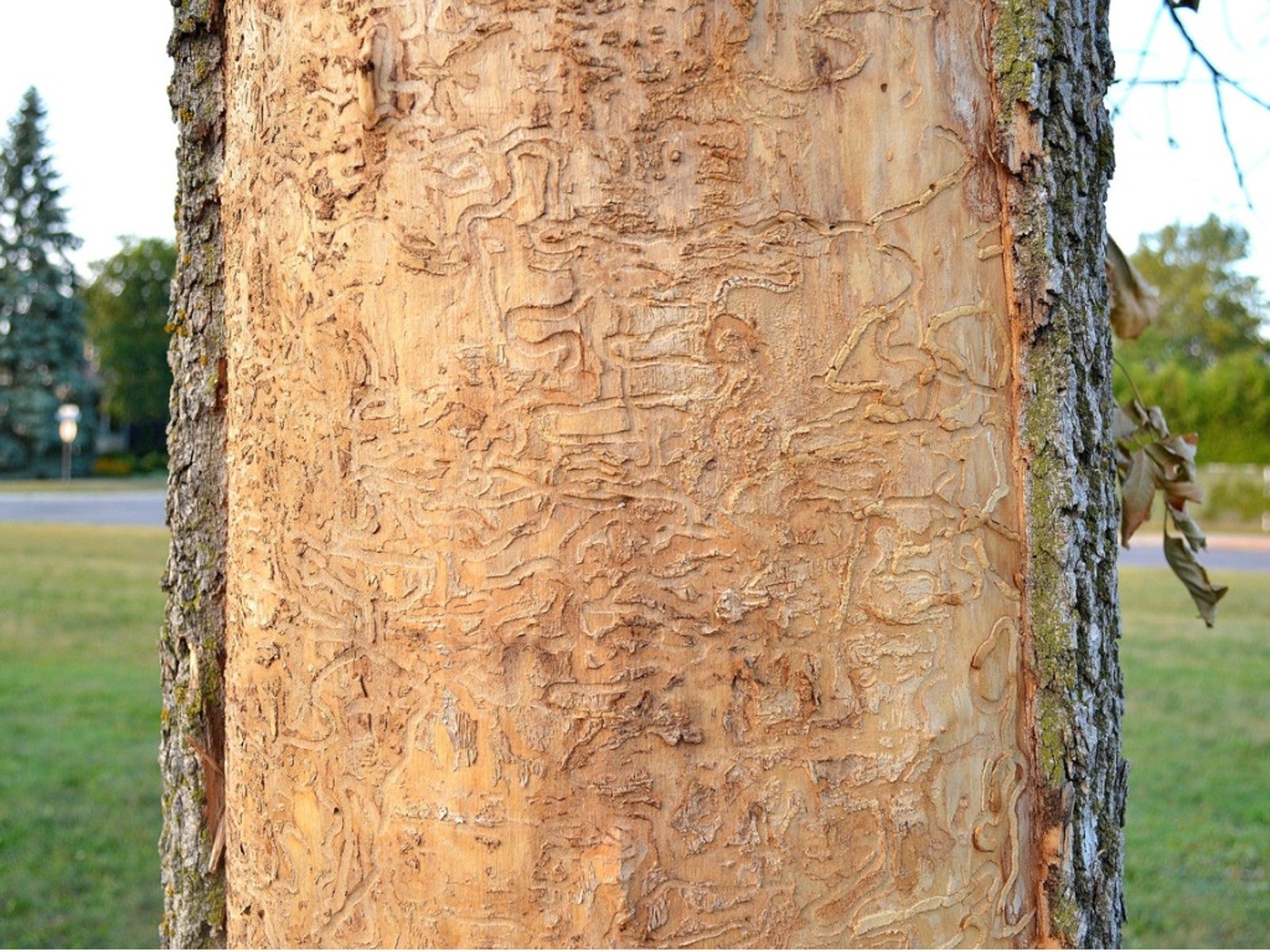

The Emerald ash tree borer (EAB) is an invasive, non-native insect discovered in the U.S. during the last decade. Ash borer damage is significant in all species of North American ash trees that become infected. Susceptible trees include white, green, and black ash. Know where your ash trees are located and scout for the pest in June and July as the first step to prevent ash borer from causing serious or deadly damage.
Emerald Ash Borer Characteristics
The emerald ash borer is so named for its emerald, green color. The insect is about ½ inch (1 cm.) long and leaves D-shaped holes when exiting the ash trees interior. The pest lays eggs and leaves the larvae to hatch inside the valuable ash trees, where they create serpentine tunnels that interfere with the tree's ability to move water and nutrients throughout its tissues. Learning how to protect ash trees from ash borer can save your trees.
How To Protect Ash Trees From Ash Borer
Controlling the spread of emerald ash borer begins with keeping ash trees healthy and unstressed. The insect is usually spread through human activities, such as moving infested firewood. Prevent ash borer by inspecting firewood closely before purchasing and buy locally when possible. Do not transport firewood if you live in an area that has an ash borer population. Identifying ash trees is another step to lessen ash borer damage. Insecticidal treatments may slow damage to trees that are valued for shade or historic purposes. Ash tree borer treatment should be applied in May before the adult insects emerge. Ash tree borer treatment is not needed until the emerald ash borer is spotted within a 15 mile (24 km.) radius, unless symptoms are visible on your ash trees. Symptoms include canopy dieback, D-shaped exit holes, and bark splitting on your ash trees. If you see what appears to be ash tree borer damage, you may contact a certified arborist about how to protect ash trees from ash borer and what ash tree borer treatment works best in your situation. The tree professional may do systemic injections to kill larvae already inside the tree. Visible emerald ash borer characteristics and damage may be lessened with soil treatments and bark and foliage sprays. For the homeowner who spots ash borer damage and wishes to do their own ash tree borer treatment, a soil application of imidacloprid can be applied (such as Bayer Advanced). Most chemicals to control ash borer damage require a pesticide applicator license for purchase.
Gardening tips, videos, info and more delivered right to your inbox!
Sign up for the Gardening Know How newsletter today and receive a free copy of our e-book "How to Grow Delicious Tomatoes".

Becca Badgett was a regular contributor to Gardening Know How for ten years. Co-author of the book How to Grow an EMERGENCY Garden, Becca specializes in succulent and cactus gardening.
-
 Looking For Plants To Give You The Soft And Fuzzies? Try These 5 Fuzzy Leaf Plant Options
Looking For Plants To Give You The Soft And Fuzzies? Try These 5 Fuzzy Leaf Plant OptionsLovers of texture, drama, silver foliage and tactile plants will adore these special sensory garden additions. These fuzzy leaf plant options will leave you all aglow
By Susan Albert
-
 Get Ready For A Summer Of Hummers! Grow These Full Sun Hummingbird Plants and Flowers
Get Ready For A Summer Of Hummers! Grow These Full Sun Hummingbird Plants and FlowersIf you’re lucky enough to enjoy a sunny backyard, make sure you are maxing out on your pollinator opportunities and grow these full sun hummingbird plants and flowers
By Tonya Barnett
-
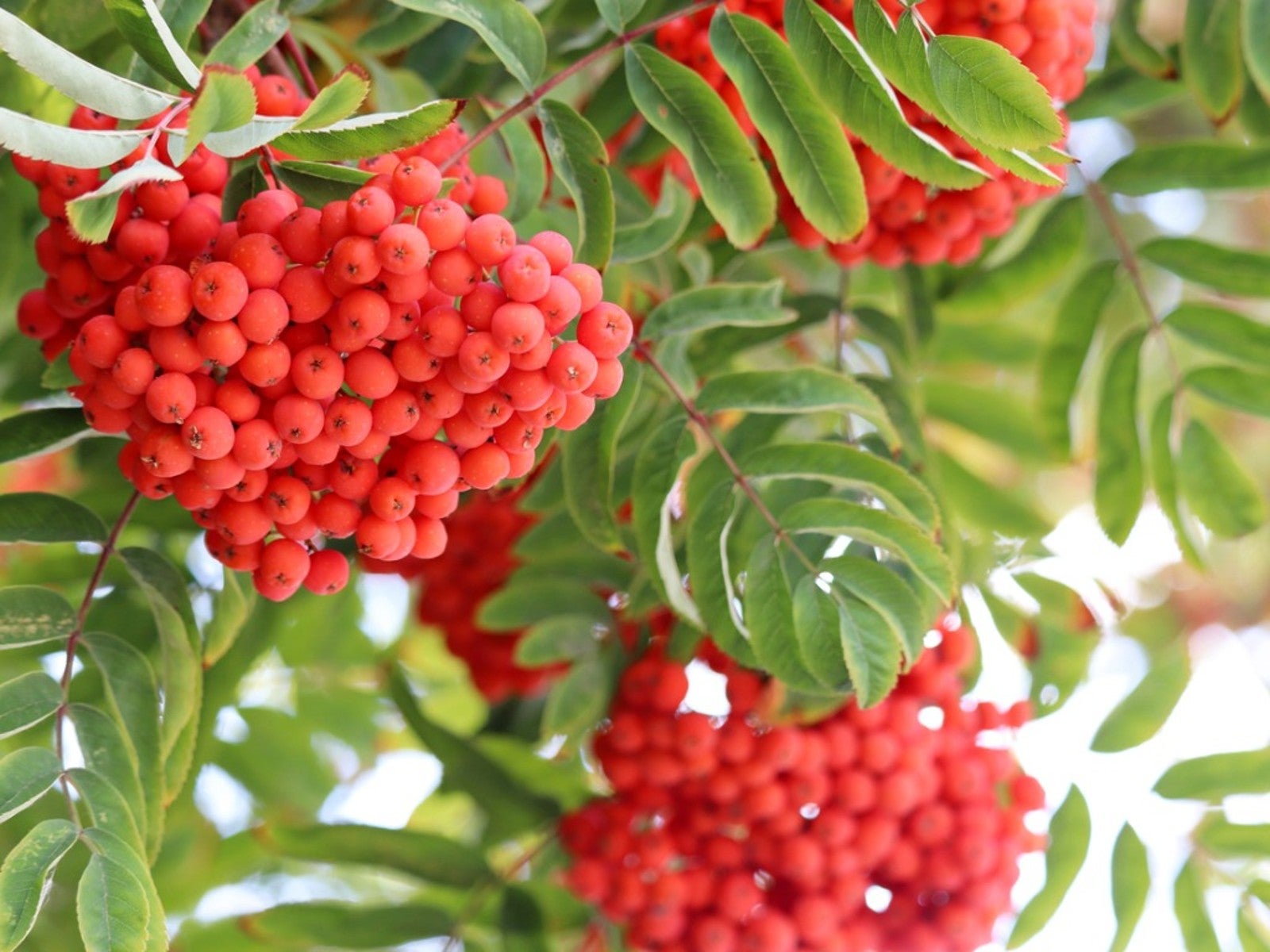 European Mountain Ash: Care For The Rowan Tree
European Mountain Ash: Care For The Rowan TreeAre mountain ash and rowan trees the same? They are exactly the same tree. Read on for more information on these trees.
By Teo Spengler
-
 European Mountain Ash Identification - European Mountain Ash Care
European Mountain Ash Identification - European Mountain Ash CareWhat is a European mountain ash tree? If you are considering growing this mountain ash trees for ornamental purposes, click here for tips on care as well as a caution about its invasiveness.
By Teo Spengler
-
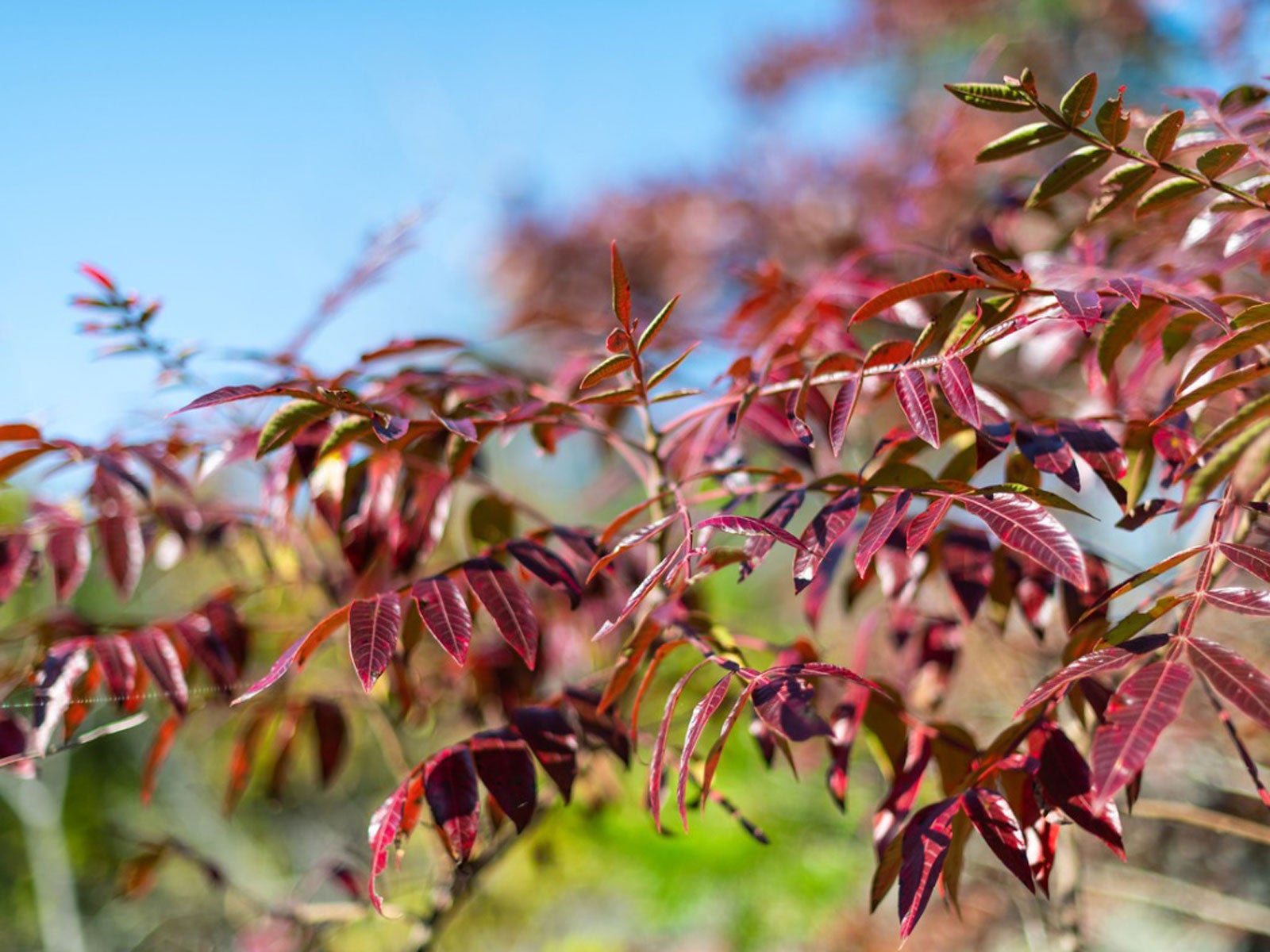 Ash Tree That Turns Purple – Learn About Purple Ash Tree Facts
Ash Tree That Turns Purple – Learn About Purple Ash Tree FactsThe purple ash tree is actually a white ash tree that has purple leaves in fall. Its attractive autumn foliage makes it a popular street and shade tree. For more information about ‘Autumn Purple’ ash trees, click on the following article.
By Teo Spengler
-
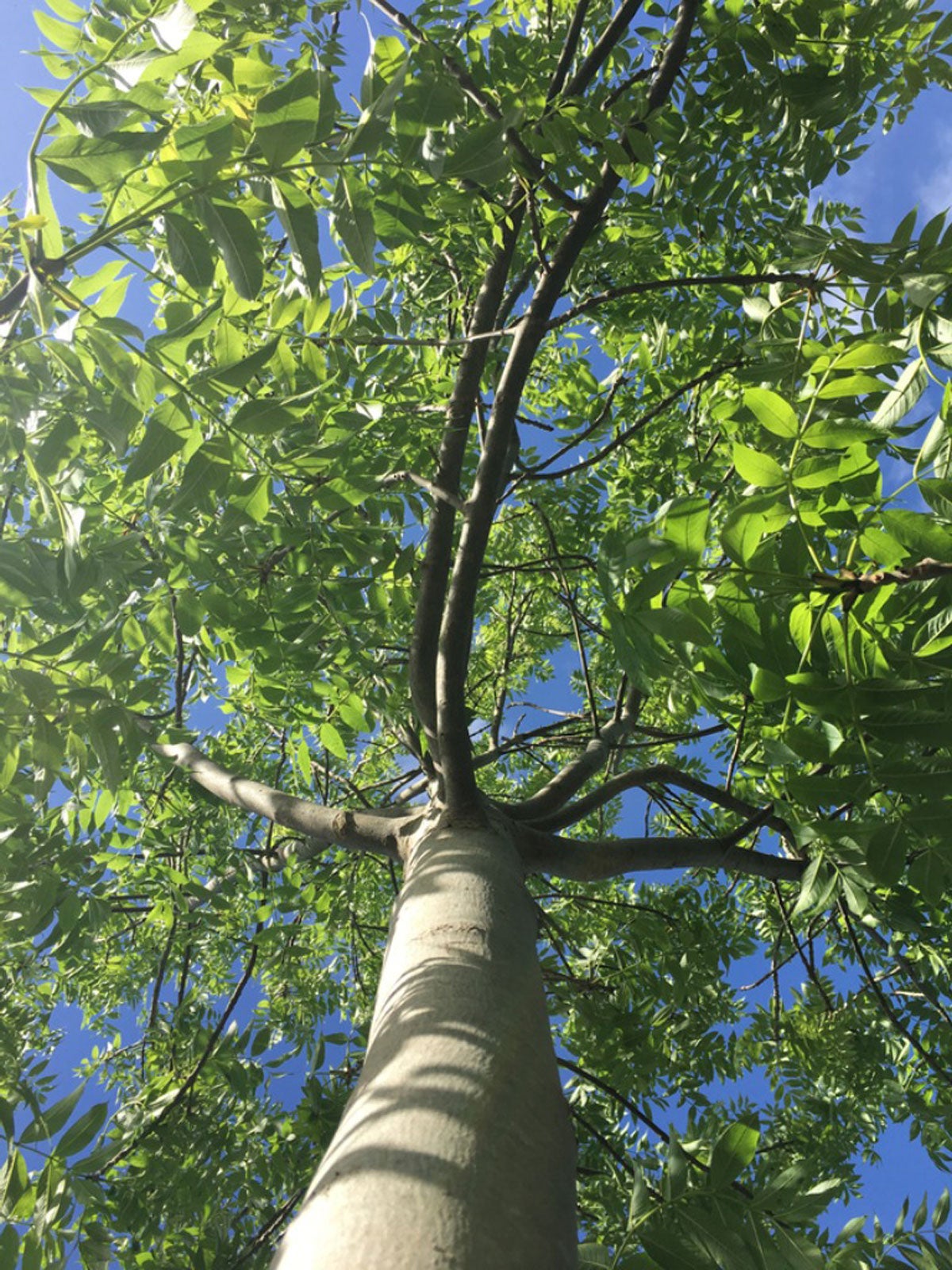 Ash Tree Identification: Which Ash Tree Do I Have
Ash Tree Identification: Which Ash Tree Do I HaveSome species of trees just happen to have “ash” in their common names but aren’t true ashes at all. Find different types of ash tree varieties here.
By Teo Spengler
-
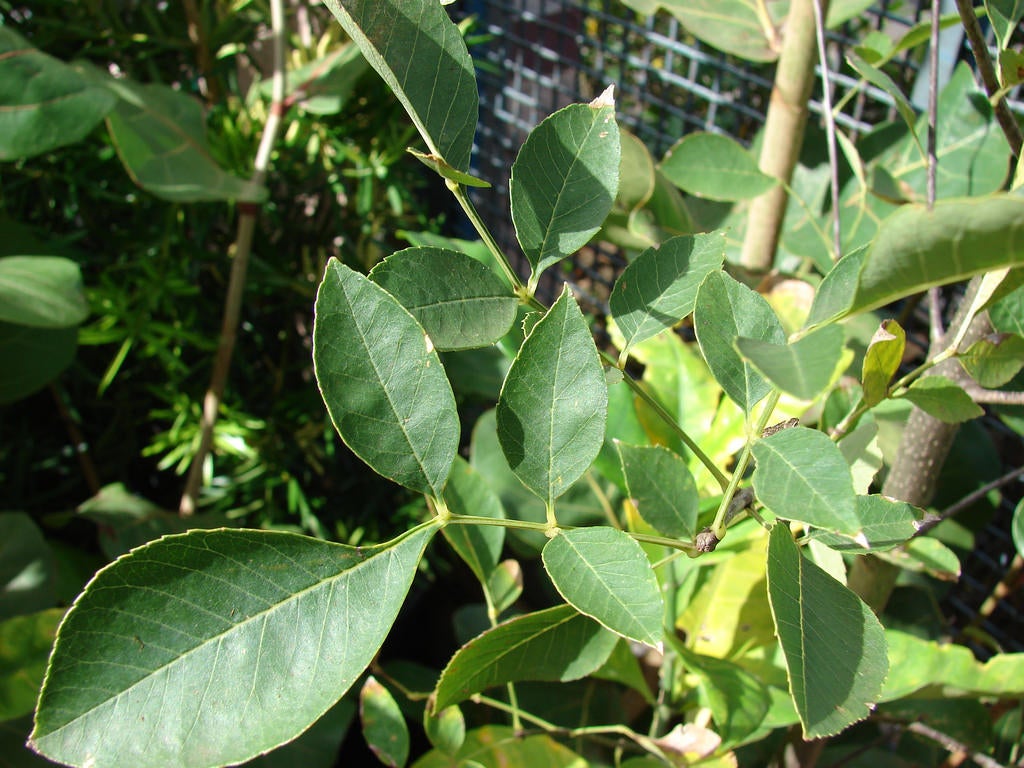 What Is Arizona Ash – How To Grow An Arizona Ash Tree
What Is Arizona Ash – How To Grow An Arizona Ash TreeArizona ash (Fraximus velutina) is an upright, stately tree with a rounded canopy of deep green leaves. It is relatively short-lived but may survive 50 years with proper care. Click on the following article to learn about growing Arizona ash trees in your landscape.
By Mary H. Dyer
-
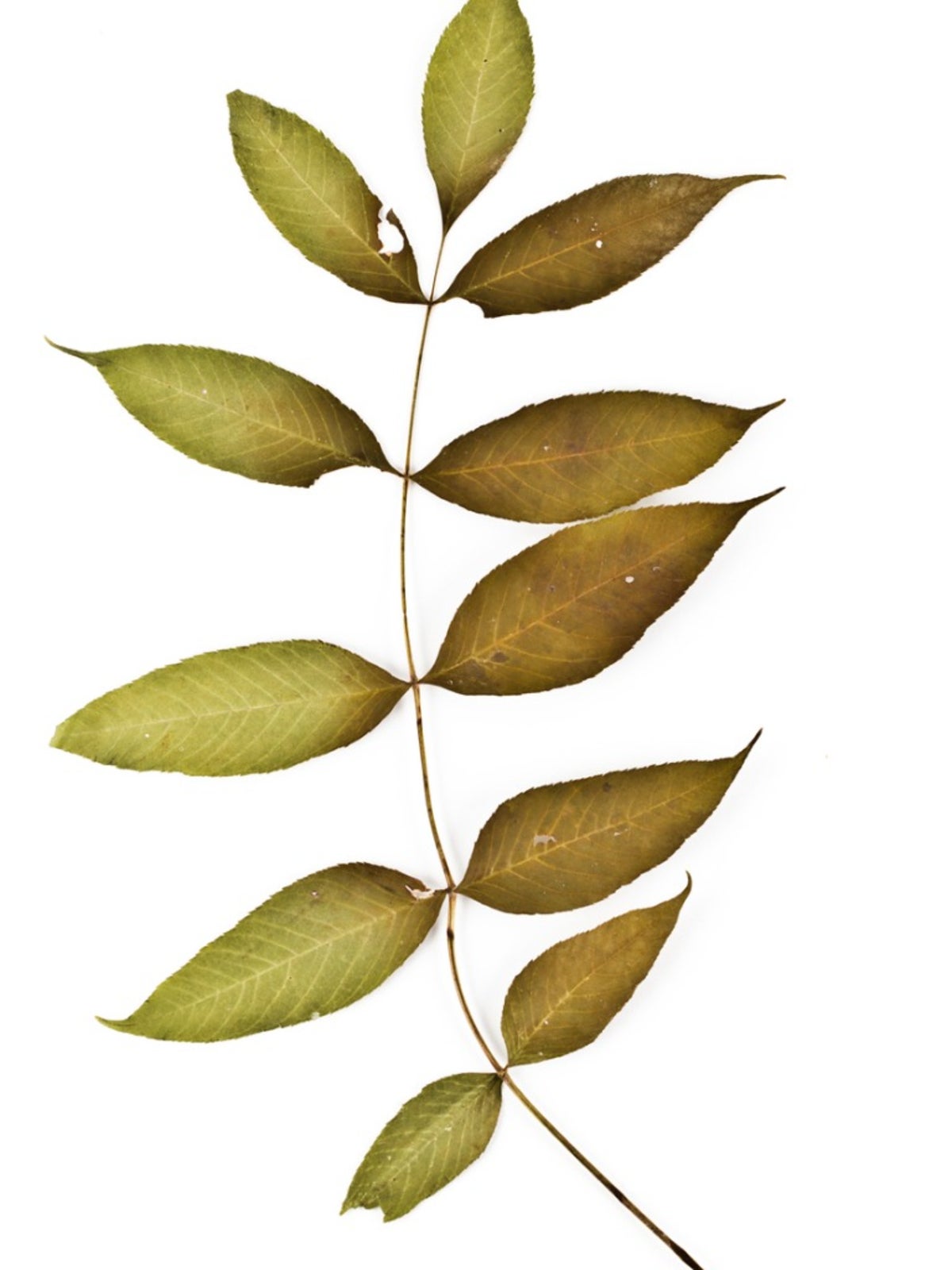 Black Ash Tree Information – Learn About Black Ash In Landscapes
Black Ash Tree Information – Learn About Black Ash In LandscapesBlack ash trees grow slowly and develop into tall, slender trees with attractive feather-compound leaves. This article has additional information about black ash trees and black ash tree cultivation. Click here to learn more.
By Teo Spengler
-
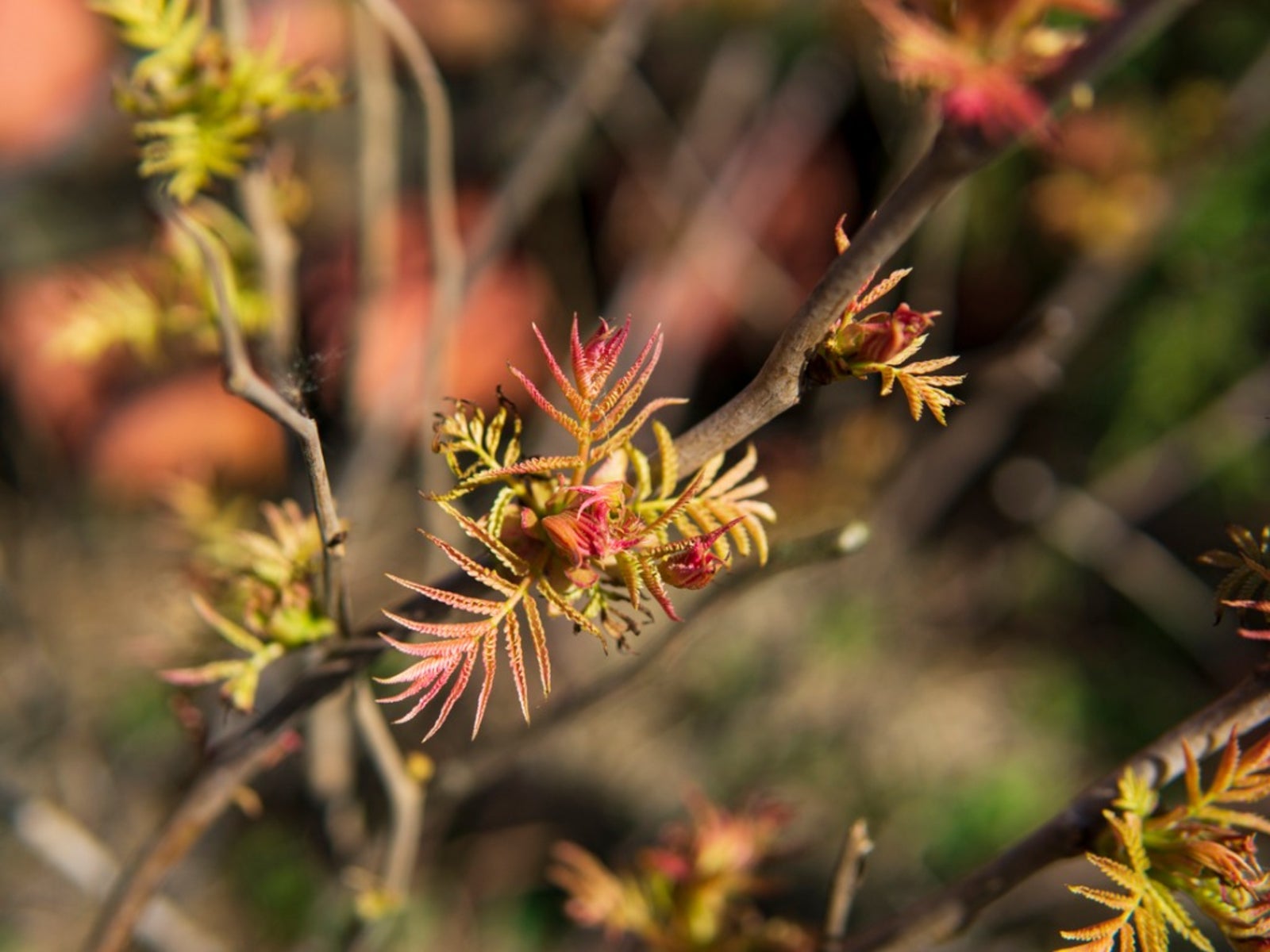 Showy Mountain Ash Care – Can You Grow A Showy Mountain Ash Tree
Showy Mountain Ash Care – Can You Grow A Showy Mountain Ash TreeIf you read up on showy mountain ash information, you'll find that the trees flower profusely, produce attractive berries and offer a stunning fall display. Growing this tree isn't difficult if you live in a cooler climate. Click here for tips on showy mountain ash care.
By Teo Spengler
-
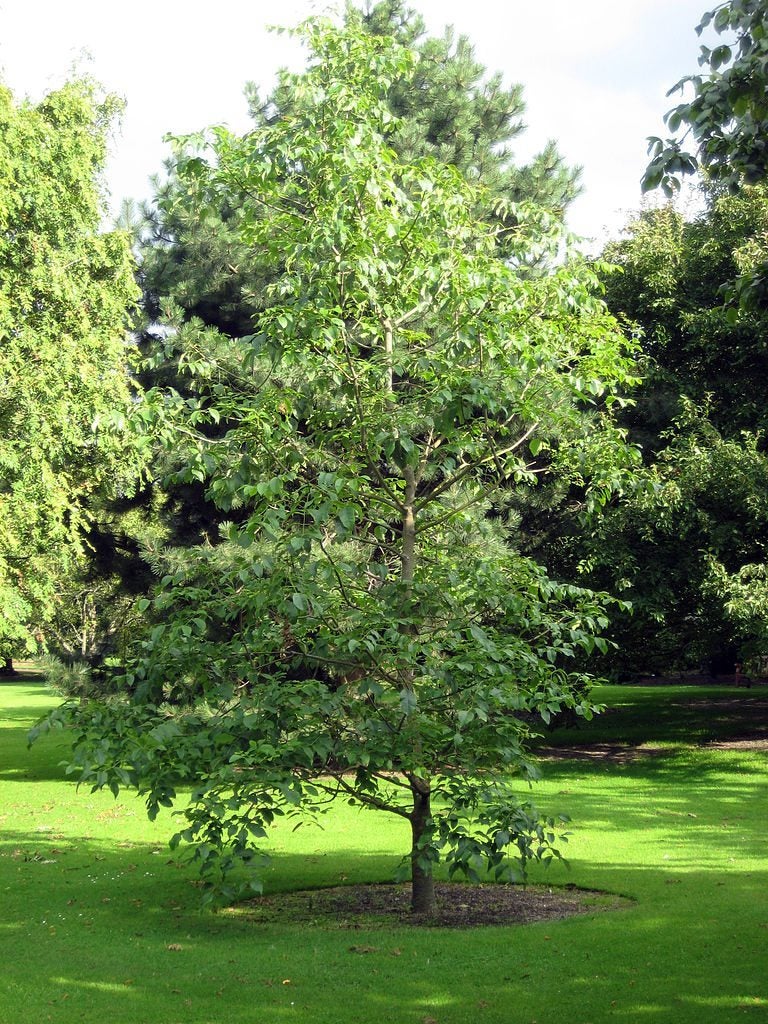 What Is A Pumpkin Ash: Information About Pumpkin Ash Trees
What Is A Pumpkin Ash: Information About Pumpkin Ash TreesYou've heard of pumpkins, but what is a pumpkin ash? It's a fairly rare native tree that is a relative of the white ash tree. If you're thinking of growing pumpkin ash trees, click this article for more pumpkin ash information, as this may not be such a great idea.
By Teo Spengler